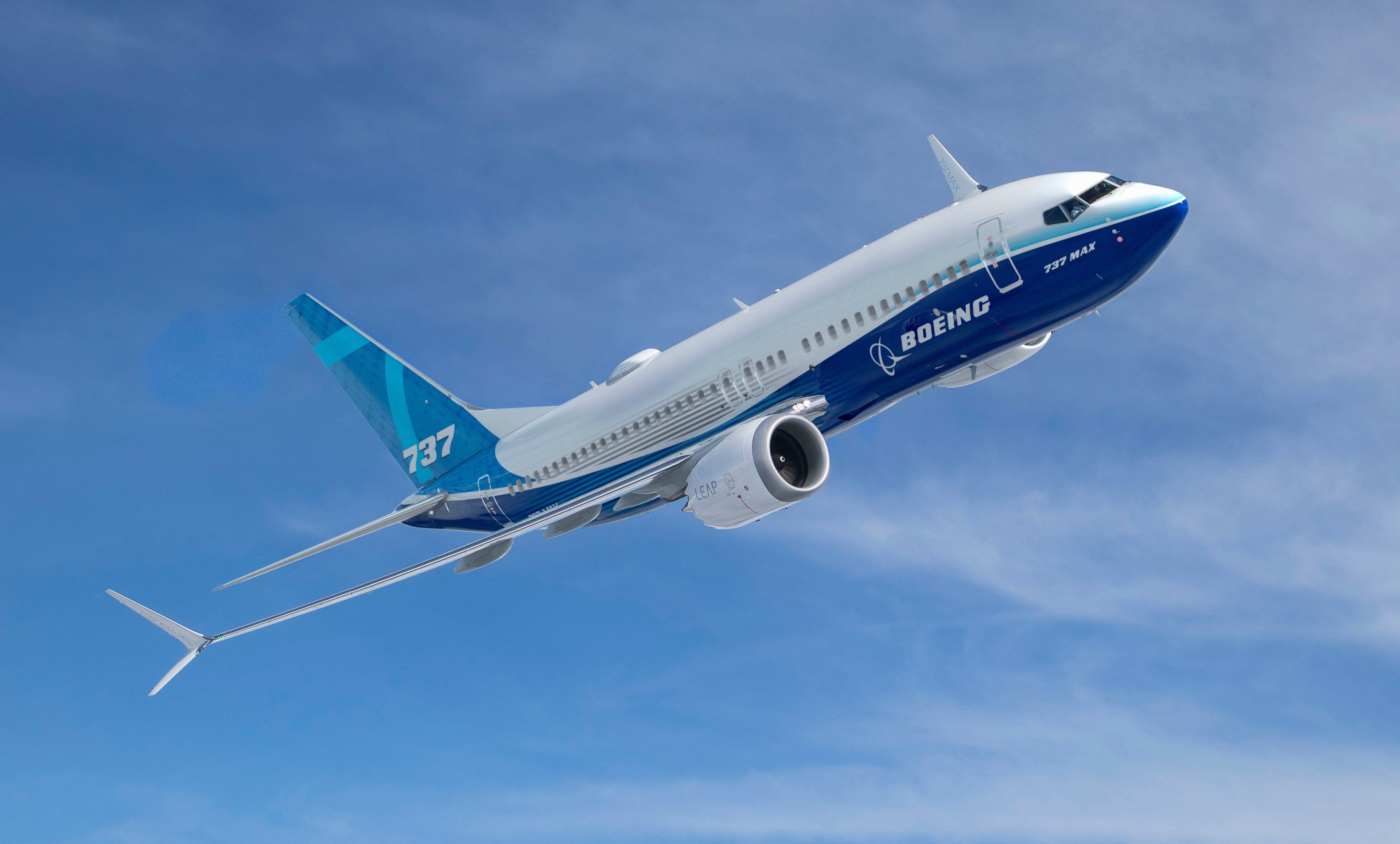Just like in marriage, sometimes a couple has a bumpy start before becoming a match made in heaven. That's similar for The Boeing Co. (NYSE: BA) and its 787 Dreamliner, which is one heck of a product, and technologically advanced, but only seems to be causing Boeing problems at the moment.
It started with production delays, software issues, battery problems, grounded airplanes, cracks in wings, cost overruns -- in fact, International Business Times went as far to list years of Dreamliner failures.
This morning, Boeing announced its first-quarter earnings, and while the aircraft manufacturing juggernaut presented soaring net profits, the Dreamliner again reared its ugly head, causing commercial airplane margins to decrease with management noting a 3% increase in deferred production cost to the 787 program. Here are the details -- and what to make of the first quarter.
By the numbers
Starting from the top, Boeing's revenue increased 8% to $22.1 billion, which was under analyst expectations. Boeing's Core Operating Earnings, which is a non-GAAP measure designed to exclude some pension expenses, rose 2% to $2.1 billion, but its Core Earnings-Per-Share rose 12% to $1.97 thanks to share repurchases. As previously mentioned, Boeing's Core Operating Margin was negatively affected by increased production of the cash consuming 787 Dreamliner, declining 60 basis points from 10.2% during last year's first quarter to 9.6%.
While figures remained lower overall in GAAP terms, the percentage increases were more impressive, with net earnings checking in at $1.3 billion for a 38% increase over last year, and earnings-per-share soaring 46% higher to $1.87. The biggest eyesore for Boeing investors was the 92% decline in operating cash flow, from $1.1 billion down to $88 million, thanks to timing of receipts and expenditures. Boeing's free cash flow was even worse, reversing from $615 million during last year's first quarter to ($486) million.
Despite lower than expected revenue and margin pressure from the 787 Dreamliner, Boeing remains optimistic for 2015:
Our outlook for the full year remains positive as our teams work to efficiently deliver our portfolio of industry-leading aerospace products and services. We are also maximizing the expertise of our talented people across the company to accelerate development program milestones and improve affordability for our customers. -- Boeing Chairman and Chief Executive Officer Jim McNerney, in a press release
Silver lining?
It's clear the 787 Dreamliner had a negative impact, magnified by the increase in deliveries. However, it's still very positive that Boeing's total commercial airplane deliveries checked in at 184 units in the first quarter, which was a strong 14% increase over last year. Boeing's increase in deliveries led to a 21% increase in commercial airplane revenue, and an 8% increase in earnings from operations.
An important aspect for investors to consider is that Boeing is in a technology cycle right now. Basically, that means much of its demand is coming from airliners replacing their older fleet for new technology or more fuel-efficient airplanes -- thus, Boeing's growth is less tied to global GDP growth than it has been previously.
Another silver lining is that Boeing still offers revenue transparency that few companies, if any, can. Boeing's total backlog of orders is valued at more than $495 billion, which is slightly more than five year's worth of expected 2015 total revenue. Management also believes Boeing will maintain a book-to-bill over one this year, which means it will continue to take in more orders than it delivers.
Last but definitely not least, Boeing reaffirmed that it expects to reach more than $9 billion in operating cash flow, which, in case you forgot, was the 92% decrease from $1.1 billion to $88 million in the first quarter. That's largely because management says the 787 Dreamliner will be cash flow positive across the program in 2015, which will significantly help Boeing's operating cash flow going forward.
Despite the bumpy start with a decline in Boeing's very profitable commercial airplane segment the company is still very well set up to have a strong 2015 for long-term investors.






